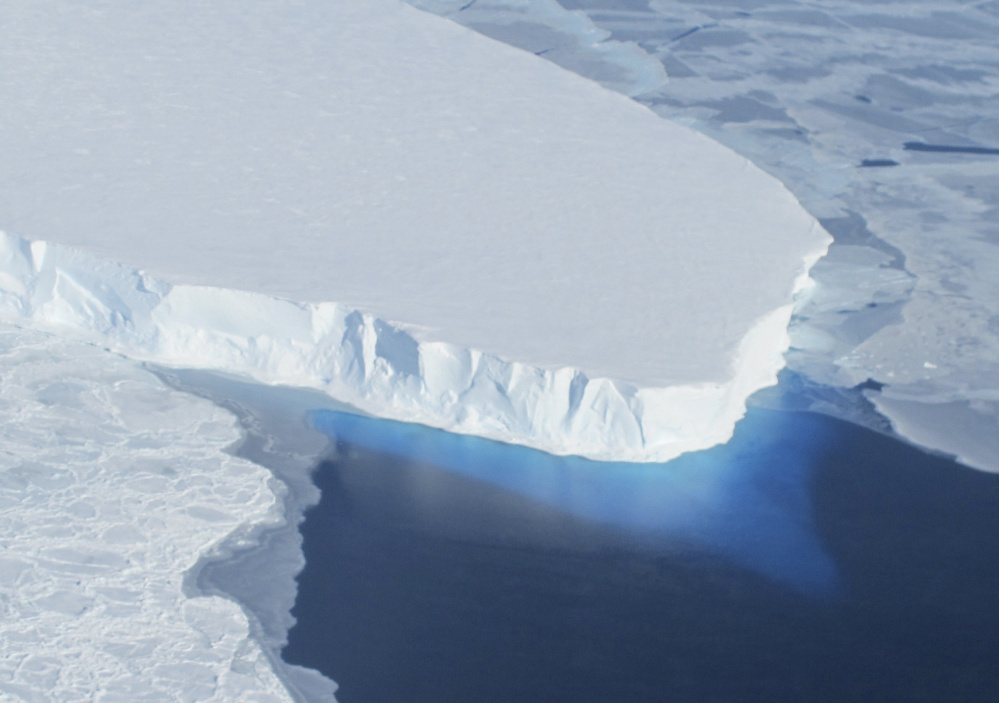Scientists who have been raising alarms about the endangered ice sheet of West Antarctica say they’ve identified a key glacier that could pose the single most immediate threat to the world’s coastlines – and are pushing for an urgent new effort to study it.
The glacier is not one that most Americans will have even heard of – Thwaites Glacier along the Amundsen Sea. It’s a monstrous body that is bigger than Pennsylvania and has discharged over 100 billion tons of ice each year in recent years.
The glacier is both vast and vulnerable, because its ocean base is exposed to warm water and because of an unusual set of geographic circumstances that mean that if it starts collapsing, there may be no end to the process. But it’s also difficult to study because of its location – not near any U.S. research base, and in an area known for treacherous weather. As a result, the researchers are also calling for more support from the federal government to make studying West Antarctica’s glaciers, and Thwaites in particular, a top priority.
“In some scenarios, the next 50 years or 100 years, you could begin to see very rapid ice loss from central West Antarctica. It’s the wild card,” said Ted Scambos, the lead scientist at the National Snow and Ice Data Center who chaired a meeting earlier this month of West Antarctic scientists outside Loveland, Colorado. Thwaites, says Scambos, has “much more upward potential than we realized.”
“It is hard to find tipping points in physical systems likely to be activated in the near future, with the possible exception of Thwaites,” Richard Alley, a glaciologist at Penn State University, said at the meeting.
The scientists are backed by a just-released report by the U.S. National Academy of Sciences, which concluded that the National Science Foundation – which runs U.S. Antarctic programs – should make research on Antarctica’s sea level implications its top priority, with a particular emphasis on West Antarctica.
Send questions/comments to the editors.



Success. Please wait for the page to reload. If the page does not reload within 5 seconds, please refresh the page.
Enter your email and password to access comments.
Hi, to comment on stories you must . This profile is in addition to your subscription and website login.
Already have a commenting profile? .
Invalid username/password.
Please check your email to confirm and complete your registration.
Only subscribers are eligible to post comments. Please subscribe or login first for digital access. Here’s why.
Use the form below to reset your password. When you've submitted your account email, we will send an email with a reset code.